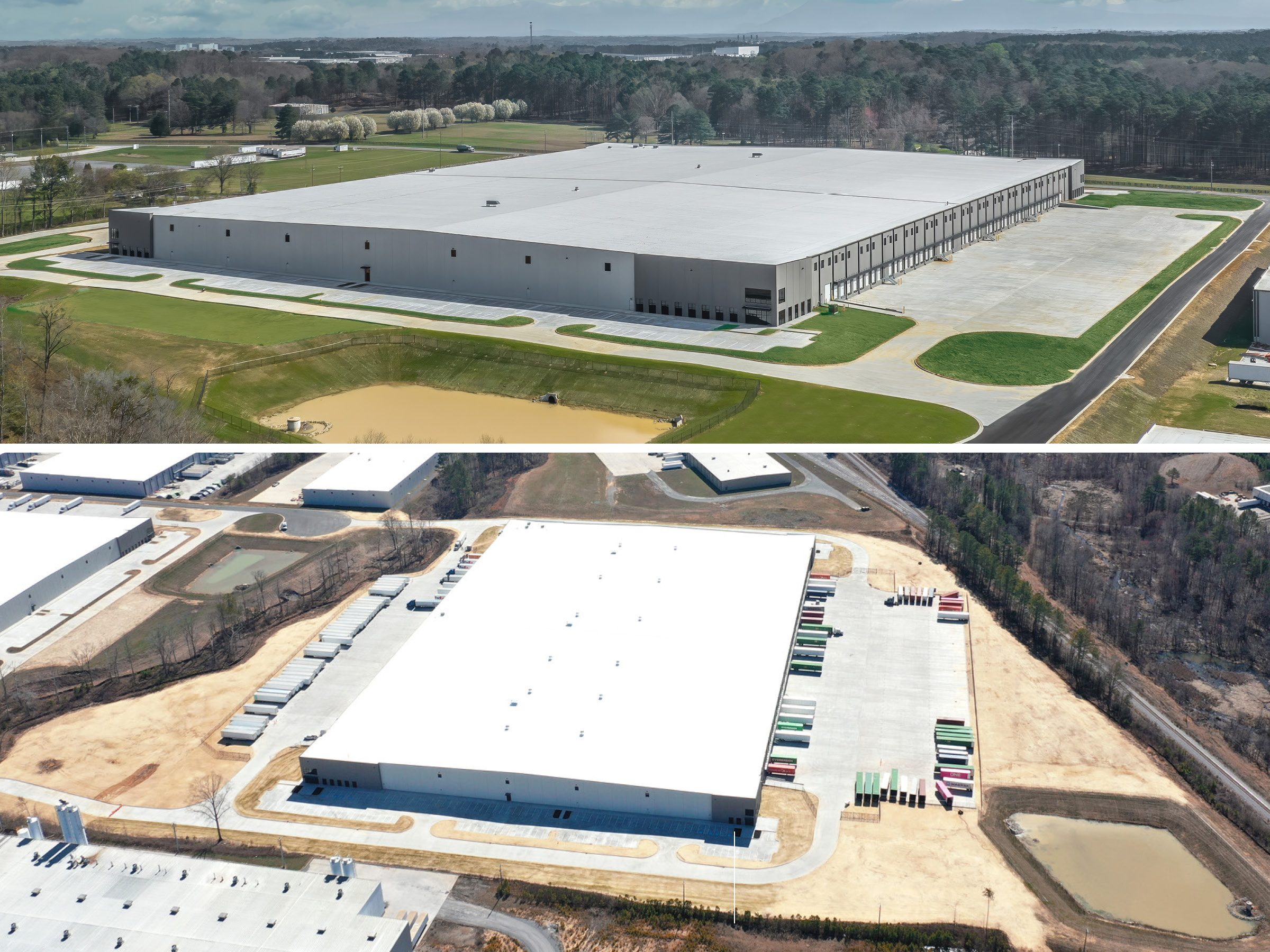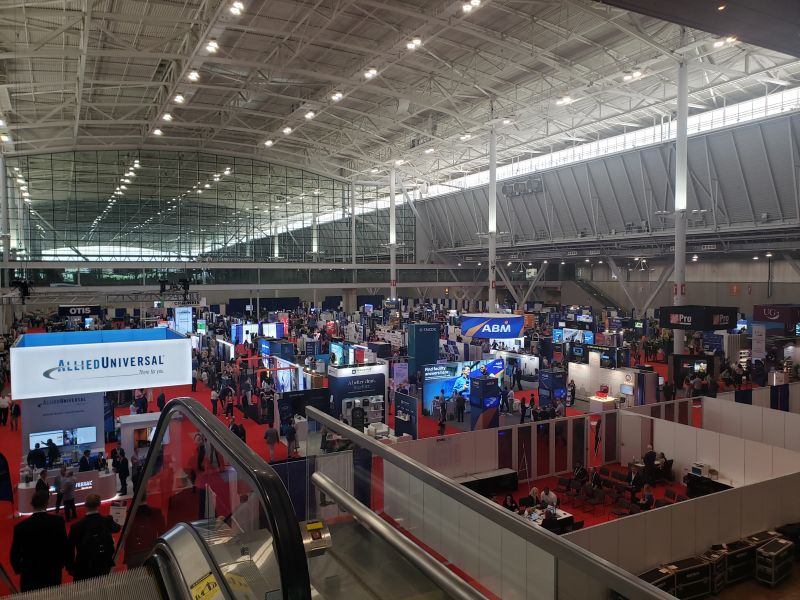How Tech Tenants Grapple With Return-to-Office, Costs
A closer look at the sector’s efforts to balance competing priorities, according to new JLL research.
A new survey from JLL examines, among other issues, the struggle for tech talent, how companies are working to optimize their spaces and the role of venture capital, across 17 U.S. metros, plus Vancouver and Toronto. JLL’s markets perspective on the technology industry report is being released today.

Perhaps the study’s most noteworthy theme, however, is how tech companies are, on one hand, pivoting away from remote work and toward a return to the office, even as they often struggle to balance priorities regarding utilization of space and reducing space costs.
Although tech companies rapidly adopted remote work during the pandemic, subsequent research began to suggest that “in-office work better supports onboarding, mentorship, inclusion and engagement, and, in some settings, productivity,” JLL reported.
In 2022 and 2023, tech companies turned from advocating “work-from-anywhere” policies, back to encouraging, even mandating, a return to the office.
READ ALSO: Designing an Office Experience That Feels Like Home
To quantify that, JLL notes that postings for fully remote jobs in the tech sector fell from 21.1 percent in October 2022 to 12.1 percent in March 2024. Nonetheless, postings for remote tech industry jobs are still more common than they are in other office-using industries, where remote jobs only comprised 8.2 percent of postings as of March 2024.
“More tech companies are connecting compliance to hybrid policies (typically 3 days per week) to performance reviews. Foot traffic is increasing at tech offices: in the Bay Area, major tech headquarters have seen consistent growth in the return to office rate, with some exceeding pre-pandemic occupancy” according to JLL.
All tech companies in the Fortune 100 have a hybrid policy, typically 2 to 3 days per week, JLL found.
The report remarks that tech occupiers are striving to use hybrid work as an approach for decreasing their office footprints and thus costs. However, they still need to balance return-to-office requirements, possibly subleasing space and giving employees flexibility.
Utilization and collaboration
Alongside efforts to get more employees into the office, at least for a few days each week, more companies in the tech sector are using metrics such as utilization data in their space planning. In this survey, 80 percent of tech companies responding said they apply such data to their space planning, versus 63 percent five years ago.
Finally, JLL commented that “reducing footprint also pushes employees into closer proximity, which could increase sense of belonging and serendipitous connection.”
But although collaboration is important, so too is having quiet space; the report says 35 percent of tech companies in the survey increased their amount of “focus space” in the past year.






You must be logged in to post a comment.